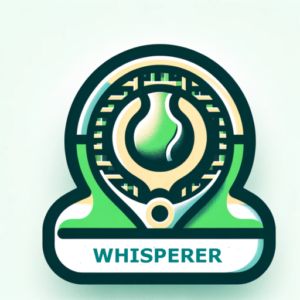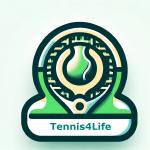Why Tennis Players Get Injuries
Why Tennis Players Get Injuries
Ever wonder why we tend to get more injuries as we age — and blame it on “old age”?
The truth is, age isn’t the main culprit. Tennis is a sport of repetition. Every serve, forehand, and lunge loads the same muscles and joints — especially the shoulders, elbows, hips, and knees. Point-loading areas like elbows and knees are particularly vulnerable.
External factors — like playing in the wet, battling the wind, or switching rackets — only increase the strain. Add to that overplaying without adequate recovery, and the body never gets the chance to repair. When players then rely too much on the arm alone, instead of the full kinetic chain, the body pays the price.
The kinetic chain works like a wheel in motion. The legs are the hub, driving the rotation. The hips and core carry that circular energy, transferring it smoothly to the shoulders and torso. Finally, the arm and racket are the rim — the outer edge of the wheel — delivering speed and direction. When the wheel is complete, the stroke feels effortless and powerful. But when one spoke is missing — usually when the legs and core aren’t engaged — the wheel collapses, and the arm is left grinding under pressure. That’s when overuse injuries appear.
Unfortunately, many players today are taught inefficient stroke mechanics that bypass the chain altogether. Take the “windscreen washer” forehand — a motion that looks flashy but often relies on muscling the ball with the arm instead of letting the body drive it. The result is short-term power at the cost of long-term health. As players age, those habits accelerate wear and tear, leading to injuries far sooner than they should.
That’s why the chain — or the wheel — needs to be activated the moment you step on court. Your first few minutes should focus on waking up the hub (legs), connecting the spokes (core and shoulders), and letting the rim (arm and racket) roll smoothly. A complete wheel makes tennis efficient, fluid, and far less stressful on the body.
For many mature players, skipping this step leads to a frustrating cycle: overuse injuries → reduced playing time → compensations → new injuries.
Wrap
It’s not just “getting older” that leads to injuries — it’s letting the wheel break down. Keep the chain complete, give the body recovery time, and your arm will stay loose, fast, and pain-free.




